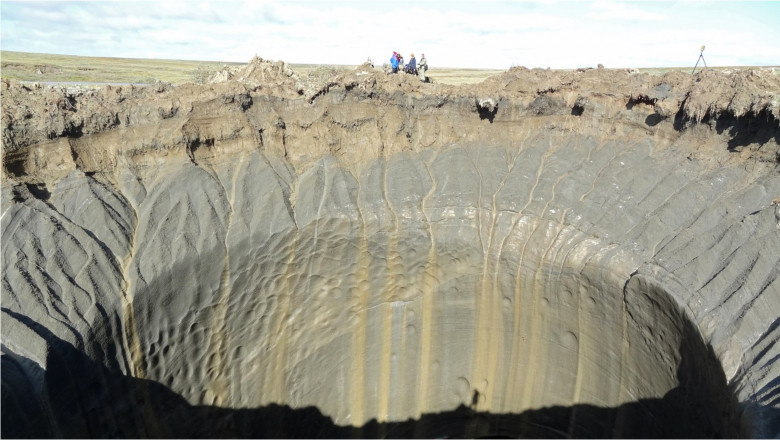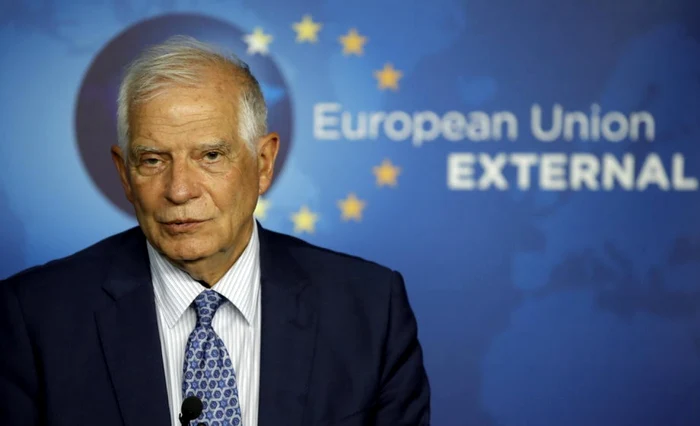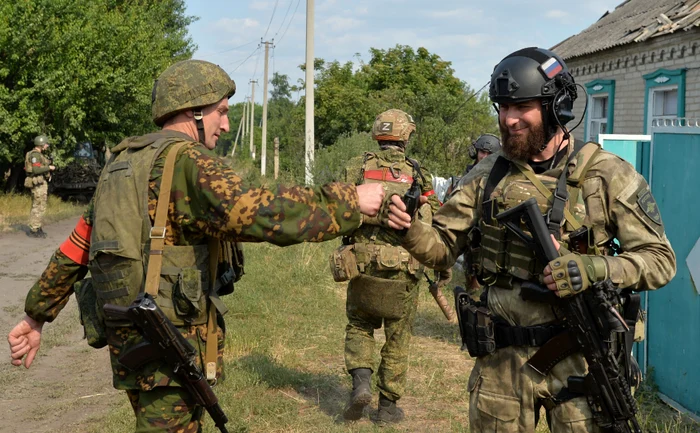
Explaining the Mysterious Craters in Siberia: Climate Change and Unusual Geology
Over the past decade, more than 20 mysterious craters have formed in the Arctic region of Russia, particularly on the Yamal and Gidan peninsulas in northern Siberia. These craters, hundreds of meters wide, plunge into a massive abyss, a phenomenon that has puzzled scientists and sparked numerous theories. However, a team of engineers, physicists, and computer scientists have recently proposed a new explanation, linking the formation of these craters to climate change and the region’s unique geology.
The Formation of Craters: A Combination of Factors
According to previous studies, these craters form when gases trapped underground in tundra areas accumulate to the point of creating a mound on the surface. When the underground pressure surpasses the strength of the Earth’s crust, an explosion occurs, releasing the gases and forming a crater. The real mystery lies in understanding how this pressure builds up and identifying the sources of these gases.
The Role of Permafrost and Methane Hydrates
The answer, researchers suggest, lies in the complex geology of Siberia. Beneath the surface, there is a thick layer of permafrost, a mixture of soil, rocks, and sediments bound by ice. Below this permafrost layer, there are ‘methane hydrates’, a solid form of methane. Separating the two layers are peculiar one-meter-thick pockets of saltwater known as ‘cryopeg’ that remain unfrozen under normal freezing conditions.
Climate Change and Its Impact
As climate change escalates and temperatures rise, the top soil layer melts, causing water to seep through the permafrost and into these saltwater pockets. However, these pockets can’t accommodate the additional water, leading to increased pressure, ground fractures, and visible surface cracks. This sudden pressure drop at the base destroys methane hydrates, leading to an explosive release of gases and eventually the formation of craters. The relationship between melting permafrost and methane can last for decades before an explosion takes place.
The Future of Arctic Craters
While the new explanation has not been universally accepted, the scientific community largely agrees that climate change is a major factor and could lead to more explosions in the future. Many of these craters have emerged during unusually warm summers, and the phenomenon is expected to intensify as the Arctic continues to warm. Even though the methane released by each crater doesn’t significantly contribute to global warming, it represents a stark sign of the changing Arctic environment.
Implications for Human Settlements and Industry
While most craters appear in remote areas, there is growing concern that this phenomenon could impact residential and industrial areas, especially those involved in oil and gas extraction operations. These craters serve as a stark reminder of how human-induced climate change is destabilizing the Earth in unprecedented ways, with changes occurring over decades rather than millennia.




